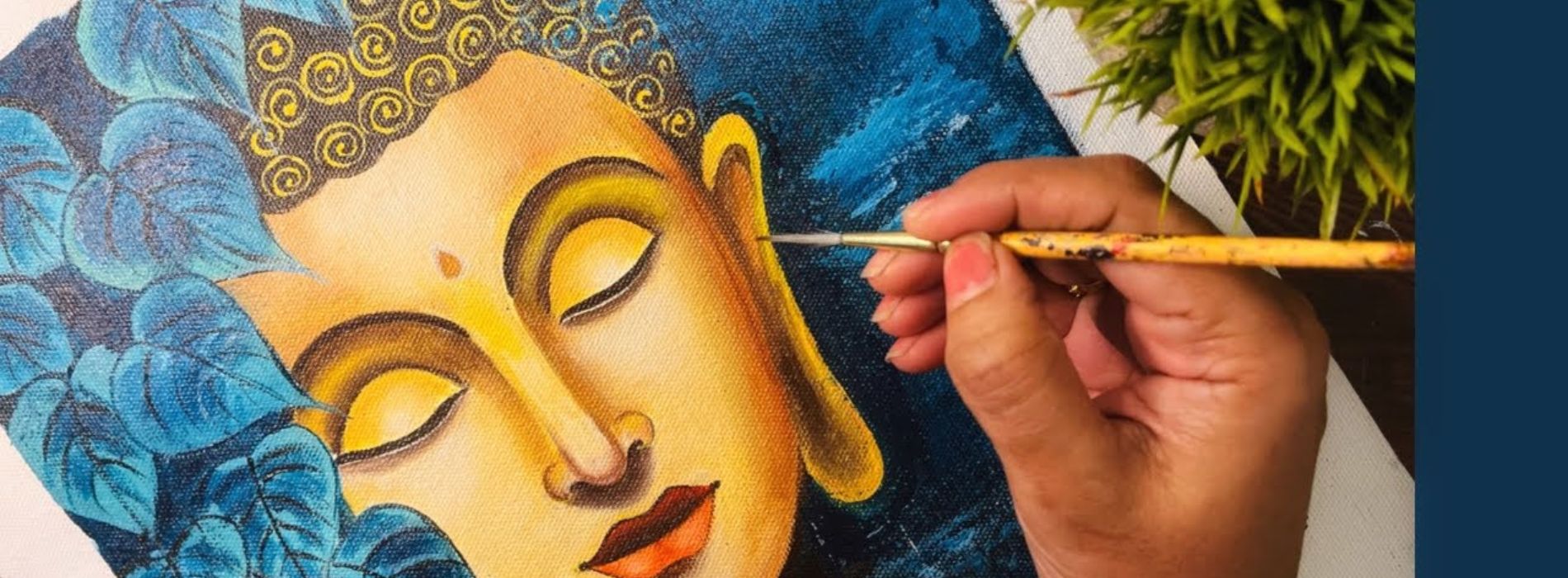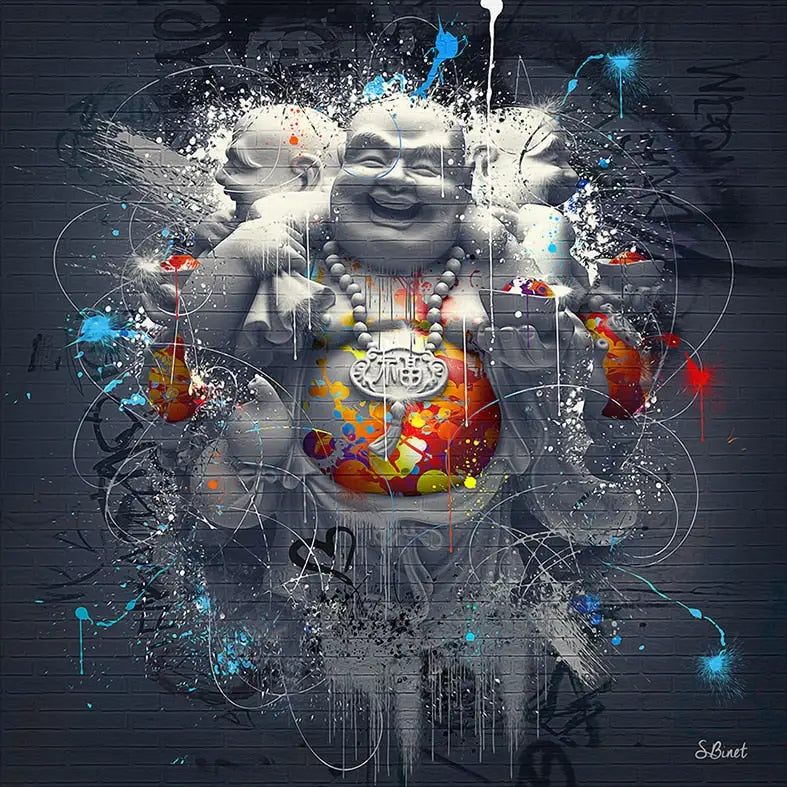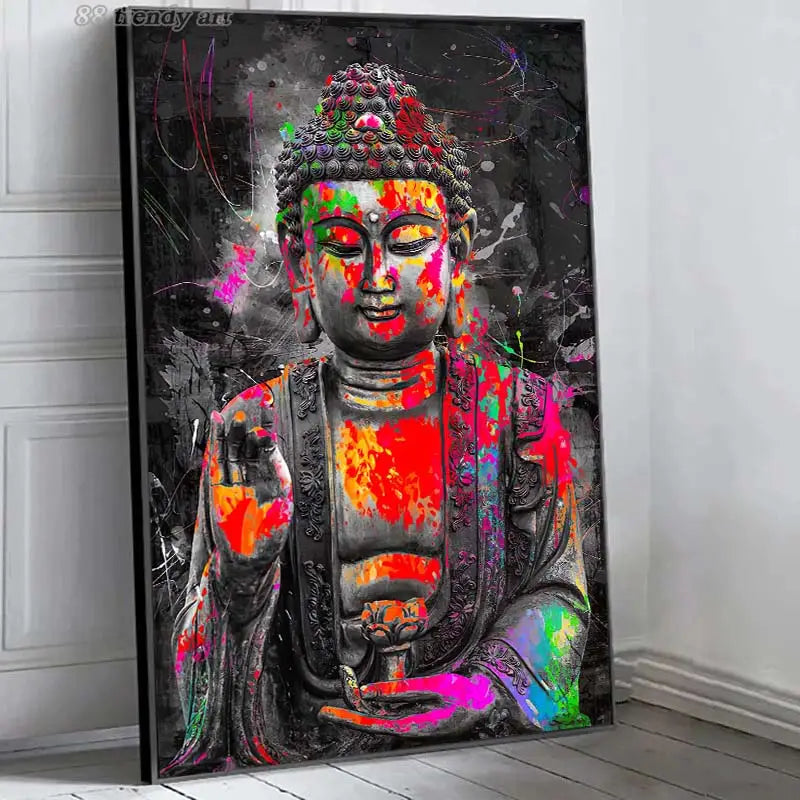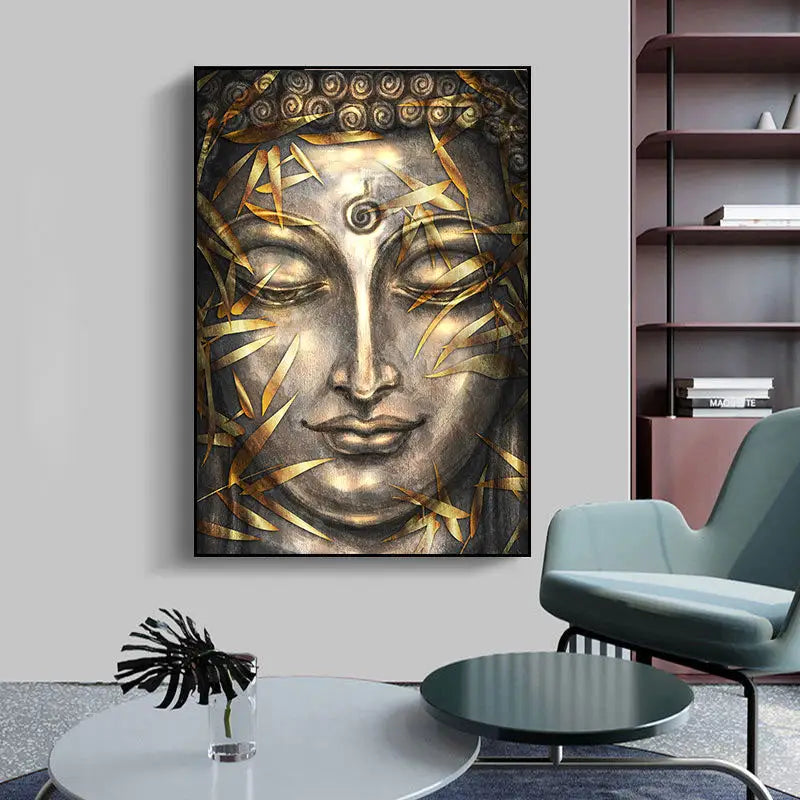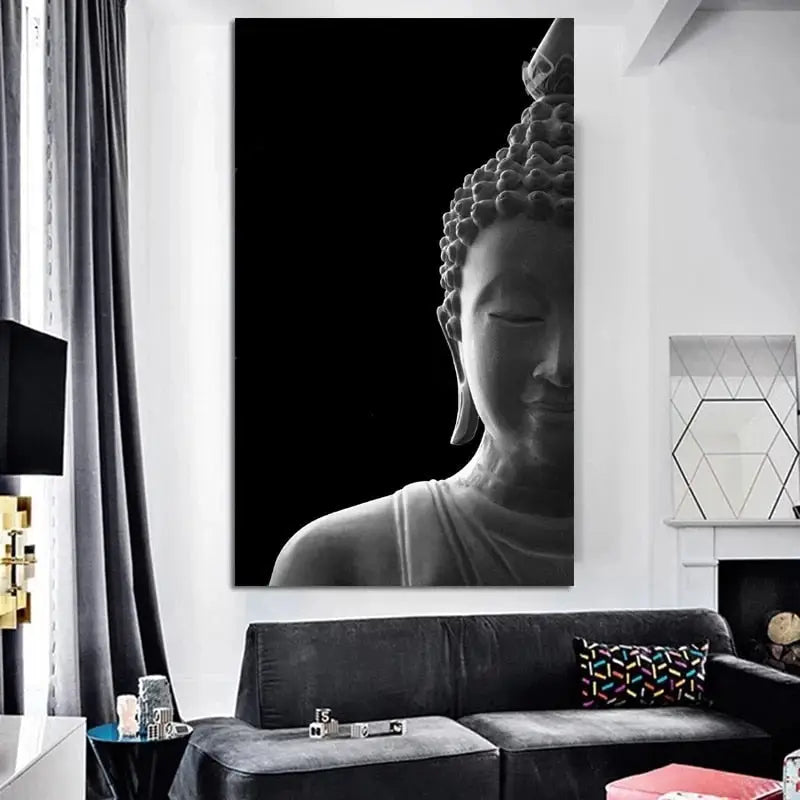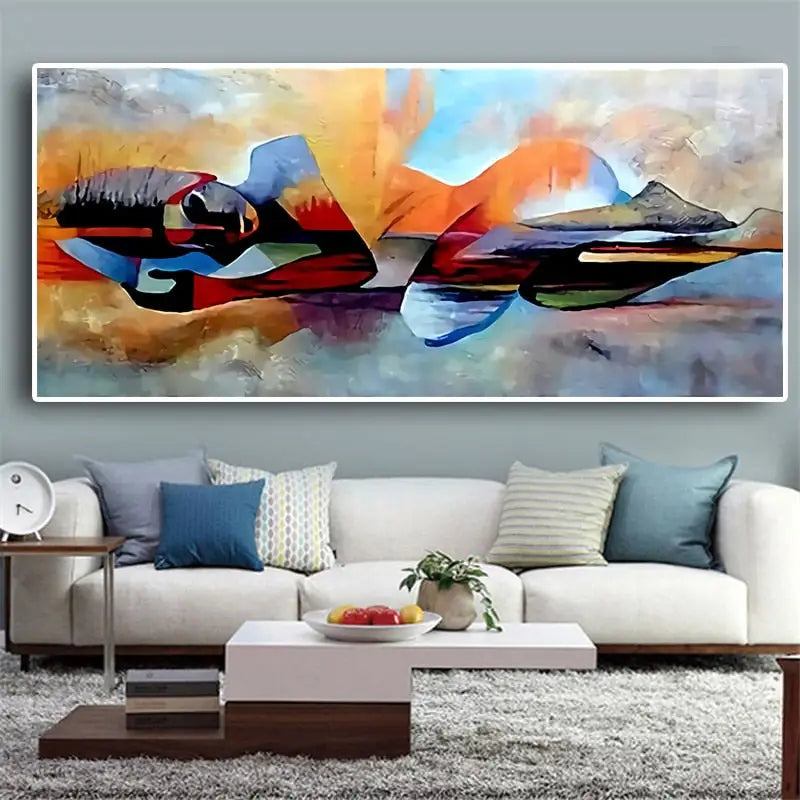How to paint a Buddha
How to paint a Buddha
Choose the right material to paint a Buddha
When you want to paint a Buddha, it is essential to choose the right material to obtain an optimal result. Make sure you bring the following items:
- Brushes of different sizes to allow more precision in details.
- Acrylic paint of superior quality, which adheres well to the surface and offers a wide range of colors.
- Canvas or watercolor paper, depending on your personal preference.
- Palette or plastic plate for mixing colors.
- Cloth or absorbent paper to clean your brushes.
Choose appropriate colors
It is important to choose the appropriate colors to depict a Buddha in your painting. Opt for colors that symbolize wisdom, peace and spirituality. The traditional colors associated with Buddhism are:
- The red, which represents strength and compassion.
- The yellow or the gold, which symbolize wisdom and spiritual awakening.
- The blue, which evokes inner peace.
Surface preparation methods
Before you start painting, be sure to prepare the surface of your canvas or watercolor paper. Apply a coat of gesso to ensure better paint adhesion. Once the gesso is dry, you can start sketching the Buddha with a pencil.
Next, use a thin layer of light-colored paint to create the outlines of the Buddha. This will make the subsequent painting process easier.
Once you have completed these preparation steps, you are ready to start the actual painting.
Painting techniques to represent a Buddha
When painting a Buddha, there are different techniques you can use to achieve a realistic and captivating result. Here are two to consider:
Shading and lighting
Shading and lighting are essential techniques for giving depth and realism to your painting. Use darker shadow colors to create dark areas and lighter highlights for lit areas. This will help highlight the facial features and contours of the Buddha.
Don't hesitate to work in several layers to add dimension to your painting. This will bring more realism and depth to your representation.
Fine details and gilding
Buddhas are often decorated with fine details and gilding, which gives them a majestic and sacred appearance. Use fine brushes and gold paint to add these details to your painting.
Take your time painting the delicate lines and patterns. Make sure you use quality gold paint to achieve a vibrant, long-lasting effect. This will highlight certain aspects of the Buddha, such as richly decorated clothing or symbolic attributes.
The different styles of Buddha painting
There are many different styles of painting to depict a Buddha. Each offers a unique perspective on the spirituality and beauty of this iconic figure. Here are two popular styles:
Realistic style
The realistic style aims to represent a Buddha in a way that is faithful to reality. It emphasizes precise details, shadows and lights, as well as the specific attributes of the Buddha depicted. This style of painting requires great technical mastery and particular attention to detail.
Artists who use this style strive to capture the very essence of the Buddha, reflecting his wisdom, compassion and spiritual awakening.
Abstract style
The abstract style offers a freer and more subjective interpretation of the Buddha. Artists who use this style focus on shapes, colors and emotions rather than the realistic depiction of the Buddha.
This style allows for greater freedom of expression and can be used to create unique and innovative works of art that evoke spirituality and tranquility.
Conclusion
Painting a Buddha is a creative and spiritual process that offers a great opportunity to immerse yourself in artistic practice. By choosing the right materials, using the right techniques, and exploring different styles, you can create a unique representation of the Buddha that captures his timeless wisdom and spiritual awakening.

